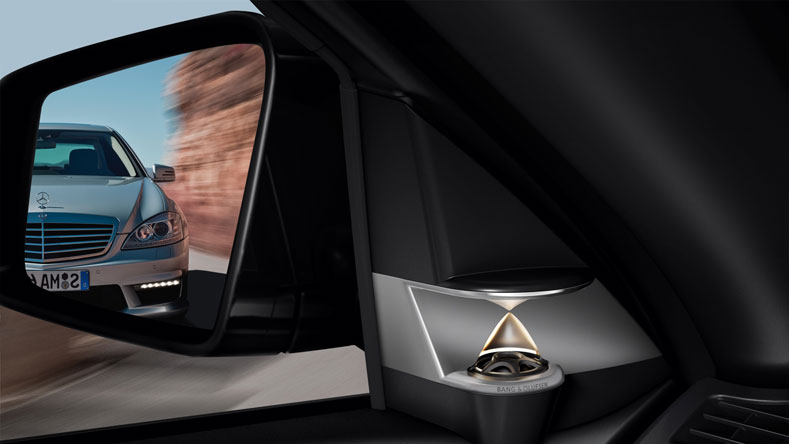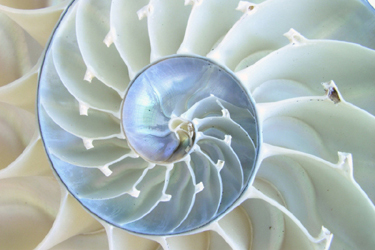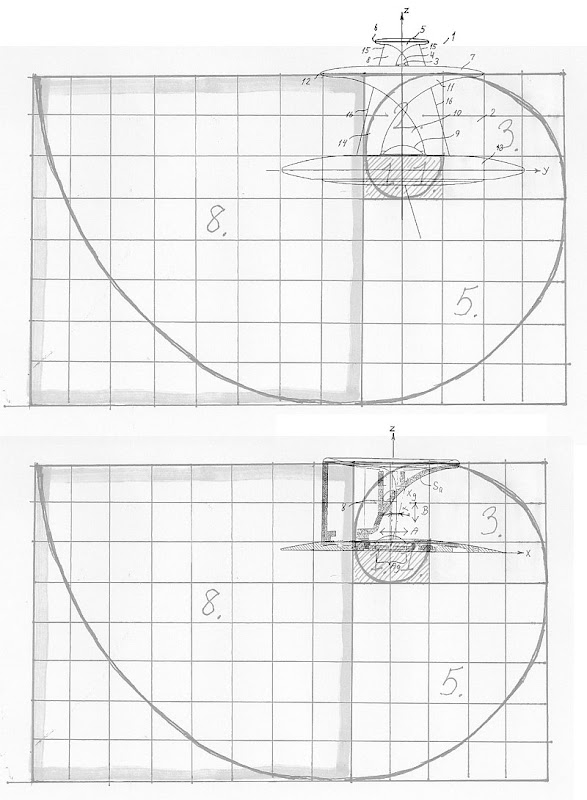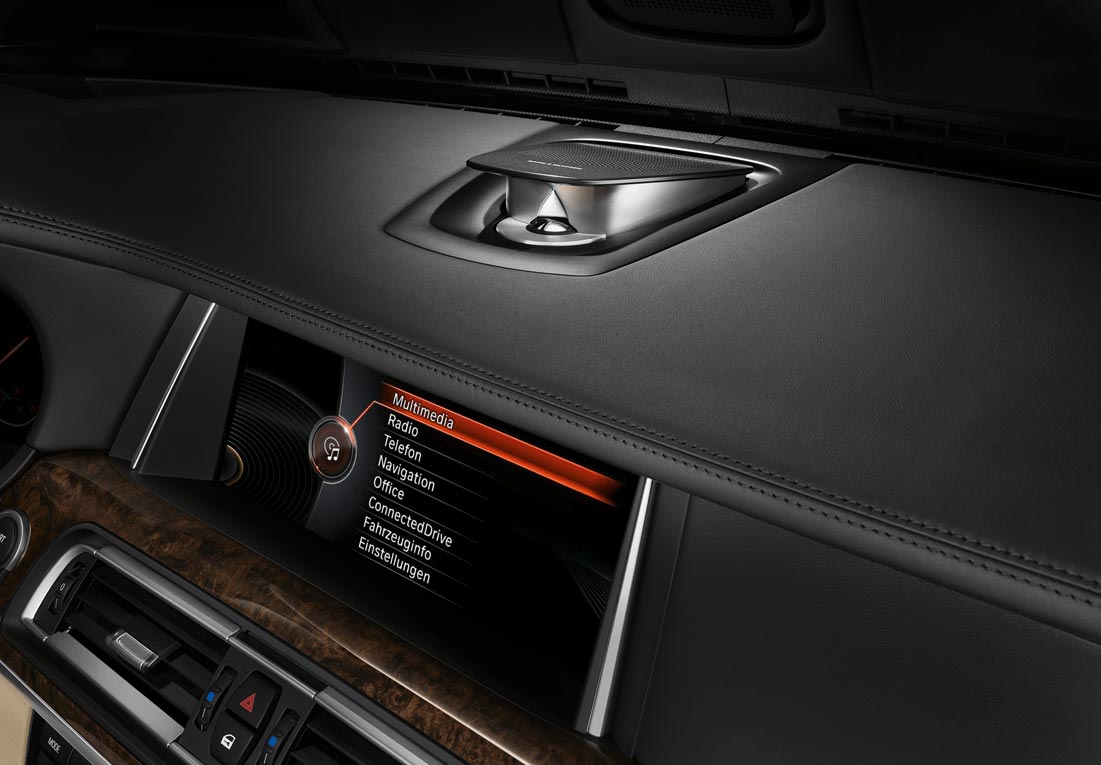A forum member was interested in having some acoustic lenses printed.
If anyone else would be interested, let me know what you're looking for and I'll throw something together, upload it to Shapeways, and measure it.
This would be an easy way to get a version of the system that B&O sells in Audis, Mercedes and Aston Martins.
I have a solid grasp on how the lens works. It is a waveguide, similar to the HLCDs from the 90s, but which does not require a compression driver.
![Image]()
Another forum member posted this a few years back.
Before I go and design something I'd need to know what tweeter people would prefer. Due to the fact that the tweeter fires UP, you probably want a neodymium tweeter. (That'll keep the depth to a minimum.)
Having said that, you could also load it with a compression driver to get some redonkulous SPL. (Don't take my word for it - it's right in the patent.)
If you want to read up on it, google "manny carruba" or "Sausalito Audio Works." (Manny is here in Cali, invented it and licensed it to Bang & Olufsen in Copenhagen.)
If anyone else would be interested, let me know what you're looking for and I'll throw something together, upload it to Shapeways, and measure it.
This would be an easy way to get a version of the system that B&O sells in Audis, Mercedes and Aston Martins.
I have a solid grasp on how the lens works. It is a waveguide, similar to the HLCDs from the 90s, but which does not require a compression driver.
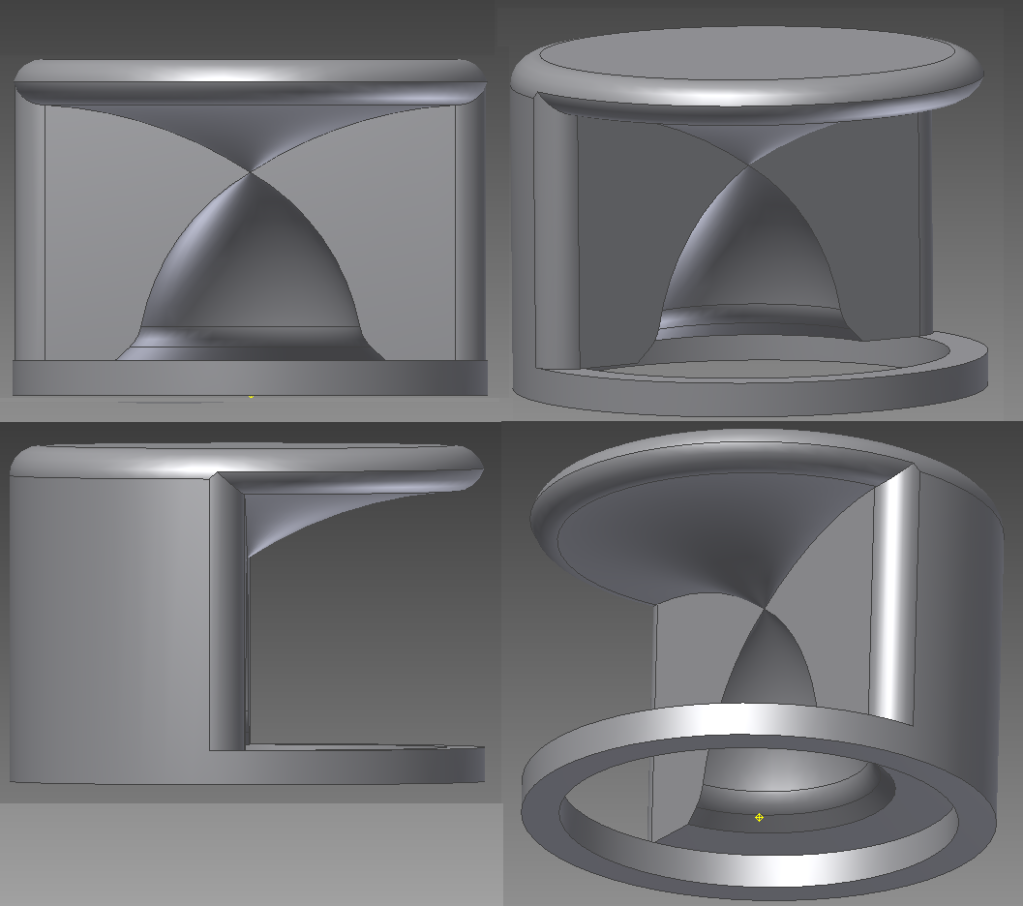
Another forum member posted this a few years back.
Before I go and design something I'd need to know what tweeter people would prefer. Due to the fact that the tweeter fires UP, you probably want a neodymium tweeter. (That'll keep the depth to a minimum.)
Having said that, you could also load it with a compression driver to get some redonkulous SPL. (Don't take my word for it - it's right in the patent.)
If you want to read up on it, google "manny carruba" or "Sausalito Audio Works." (Manny is here in Cali, invented it and licensed it to Bang & Olufsen in Copenhagen.)




